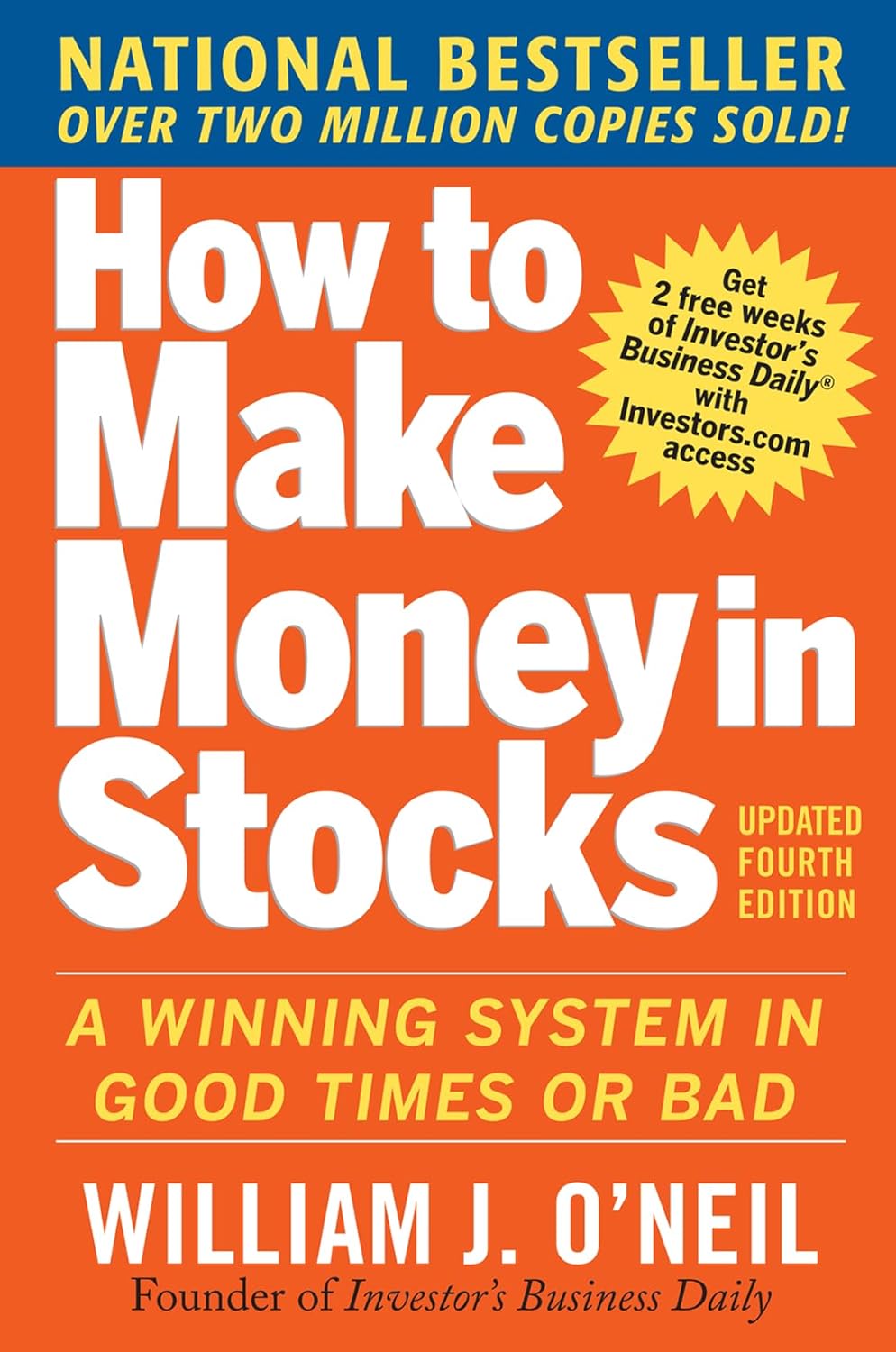Book Review: How to Make Money in Stocks by William J. O’Neil
As an avid reader and someone who’s always looking to improve my investing skills, I was eager to dive into William J. O’Neil’s How to Make Money in Stocks. This national bestseller promises a structured approach with its CAN SLIM® investing system, a method O’Neil claims has helped over 2 million investors build wealth over the years. My curiosity around practical investment strategies led me to pick up this book, and I was curious to see if it lived up to its reputation.
O’Neil presents a compelling argument for his CAN SLIM method, a 7-step process intended for both seasoned and novice investors. The book is well-structured, providing proven techniques for identifying winning stocks before significant price gains, detailed tips on selecting mutual funds and ETFs, and the all-important 100 new charts to highlight today’s trends. I found this aspect particularly helpful as visual aids can often clarify complex concepts.
However, I quickly realized that not all was straightforward. The CAN SLIM method, while promising effective strategies, requires a solid understanding of numerous investment principles, which can appear daunting at first. As noted by Edmund P. Leigh, a fellow reader, the rules O’Neil outlines are counter-intuitive and differ significantly from traditional investment wisdom. The complexity is compounded by the need to learn technical analysis, mastering charts, and understanding fundamental indicators such as Sales and Earnings.
On the upside, O’Neil’s insights into market psychology and investor behavior were invaluable. I particularly resonated with the notion that one must adapt to market conditions, as many retail investors often fail due to stubbornness. A beginner’s approach of buying low and selling high might feel comforting, but O’Neil teaches the importance of buying high and selling even higher, reinforcing the need to rethink conventional strategies.
Despite the book’s strengths, there were moments where I found the writing somewhat dense. Mixed feedback from other readers corroborated this; while some praised its straightforwardness, others felt overwhelmed. Personally, I would suggest that novice investors take their time with the material, perhaps keeping notes or a journal, as advised by other reviewers, to reinforce their learning.
Another drawback was O’Neil’s penchant for repeating concepts. While clarity is valuable, some instances felt like unnecessary reiteration. Simplifying the presentation would have been beneficial, especially for new investors who might be intimidated by the volume of information.
Overall, the book met my expectations in terms of providing a foundational investment strategy while also challenging me to reconsider how I view investments. I particularly appreciated the compilation of common investor mistakes, which serves as a guide for beginners navigating the tumultuous waters of stock investing and trading.
In conclusion, How to Make Money in Stocks is not just a book; it’s an investment manual that I believe all aspiring investors should consider reading. While it may require dedication and effort to truly grasp the CAN SLIM method and its complexities, the rewards appear to be well worth the work. If you’re genuinely interested in elevating your investing game and are ready to put in the effort, I wholeheartedly recommend this book. It’s a classic that balances the art and science of stock market investing, making it a worthy addition to any investor’s library.








